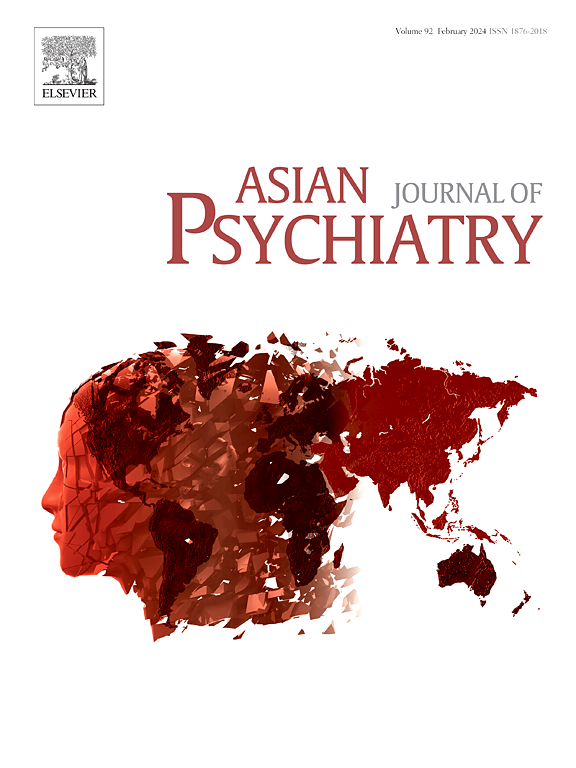Initial study of verbal and nonverbal communication training through the collaborative operation of a humanoid robot for individuals with autism spectrum disorder
IF 3.8
4区 医学
Q1 PSYCHIATRY
引用次数: 0
Abstract
Individuals with autism spectrum disorder (ASD) experience difficulties in both verbal and nonverbal communication. Collaborative work allows them to use and develop their nonverbal communication abilities. Therefore, we developed a collaborative work training program for individuals with ASD. This study aimed to assess the feasibility of the proposed intervention for both verbal and nonverbal communication. A single humanoid robot was operated by two people, with each person operating different parts of the robot: one person moved the right half of the body while the other moved the left. The participants’ roles were separated to promote verbal and nonverbal communication. Fourteen individuals (aged 18–27 years) participated in a training experiment that was conducted once a week for a maximum of seven sessions over two months. A comparison of the amount of communication between the first and last training sessions showed that both verbal and nonverbal communication increased ( and , respectively), indicating that the proposed training facilitated both verbal and nonverbal communication. Future studies are needed to establish evidence supporting the generalizability of the acquired skills to daily life activities by considering longitudinal designs.
求助全文
约1分钟内获得全文
求助全文
来源期刊

Asian journal of psychiatry
Medicine-Psychiatry and Mental Health
CiteScore
12.70
自引率
5.30%
发文量
297
审稿时长
35 days
期刊介绍:
The Asian Journal of Psychiatry serves as a comprehensive resource for psychiatrists, mental health clinicians, neurologists, physicians, mental health students, and policymakers. Its goal is to facilitate the exchange of research findings and clinical practices between Asia and the global community. The journal focuses on psychiatric research relevant to Asia, covering preclinical, clinical, service system, and policy development topics. It also highlights the socio-cultural diversity of the region in relation to mental health.
 求助内容:
求助内容: 应助结果提醒方式:
应助结果提醒方式:


